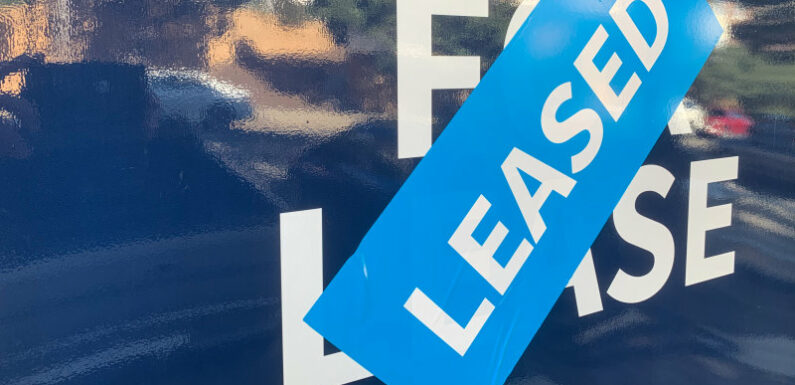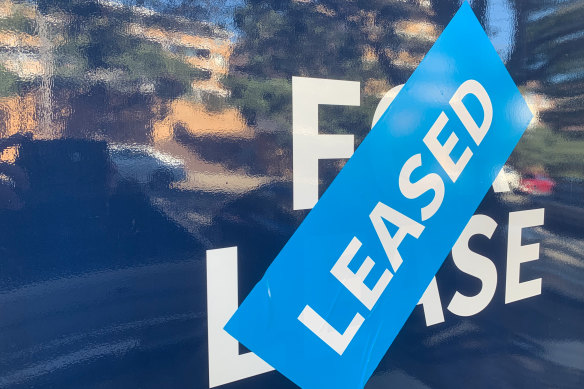
Save articles for later
Add articles to your saved list and come back to them any time.
Nearly three-quarters of renters have experienced rent hikes over the last year, in increases that have become larger and more common than before the pandemic.
But as more households struggle to manage growing rental prices, separate forecasts suggest the worst is yet to come and rental inflation could rise to 8 per cent by early next year.
Rental inflation is forecast to hit 8 per cent by early next year.
Rental inflation reached 4.9 per cent in March, according to the Australian Bureau of Statistics Consumer Price Index, and the Reserve Bank governor Philip Lowe has warned rising rents added to the ongoing danger of high inflation.
Financial services firm JP Morgan believes rental price growth could accelerate as the uptick in migration and smaller household sizes continue to put pressure on rental demand, while higher interest rates and slower construction mean the increase in supply remains sluggish.
The firm’s modelling forecasts annual rental inflation will increase to 6 per cent by September and reach 8 per cent by March next year.
“An important driver of the expected increase in rental inflation is the assumed catch-up of CPI rents to asking rents,” the JP Morgan researchers said.
A joint report by the Reserve Bank and the Australian Bureau of Statistics found that rents have been rising for an increasing number of households.
“Over the past year, rents have increased for almost three-quarters of properties, up from around one-quarter every year pre-pandemic,” the report found.
Those rent increases are also getting larger, particularly for new tenants – 60 per cent of properties with new tenants were paying rent that was more than 10 per cent higher than that property’s previous rental rate.
“If vacancy rates remain low, then stronger-than-normal increases in advertised rents are likely to persist,” the RBA and ABS report found, saying this would have a direct impact on inflation.
CoreLogic researcher Eliza Owens said the rental market has been through extraordinary changes over the last couple of years with fluctuations in migration, inflation, rising interest rates and constraints on housing supply.
“It doesn’t seem like there’s much relief in sight for tenants given that we are still expecting higher than average levels of migration into the next financial year, and there hasn’t been a lot of pick up in the investment property space just yet either,” she said.
Owens said the data also suggests it is more appealing to some tenants to stay put for longer, and deal with rental increases, rather than fight for a new property with vacancy rates around historic lows in many parts of the country.
“There’s a very limited volume of rental listings on the market – rental listing volumes are around 50,000 lower than where they would usually be this time of year,” she said.
“That speaks to the fact that when you do go out and look for a new rental, there’s just not a lot of options.”
The rent increases are also hurting rental affordability. A separate report from ANZ and CoreLogic found rental affordability was at its worst in nine years.
Households now need to spend nearly a third of their income (30.8 per cent) on rent for a new lease, the highest level since June 2014. In regional Australia, a median household would need to spend 33.1 per cent of their income on a new lease.
ANZ senior economist Felicity Emmett said rental pressures were being felt across all income brackets.
Cut through the noise of federal politics with news, views and expert analysis from Jacqueline Maley. Subscribers can sign up to our weekly Inside Politics newsletter here.
Most Viewed in Politics
From our partners
Source: Read Full Article
